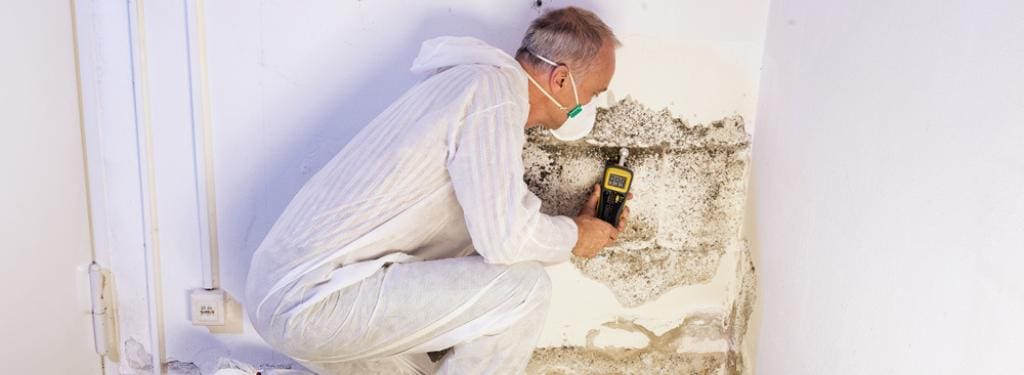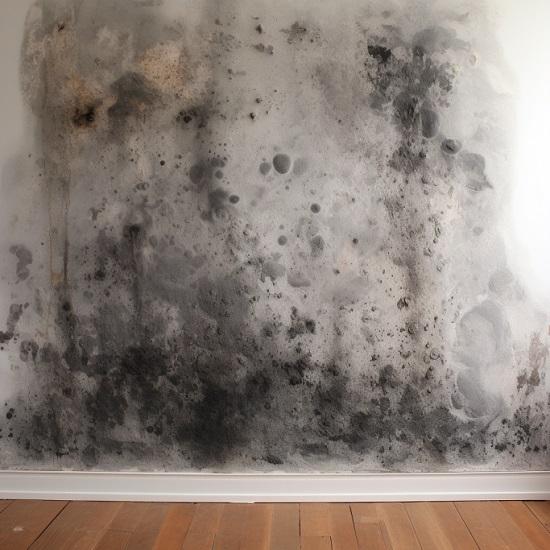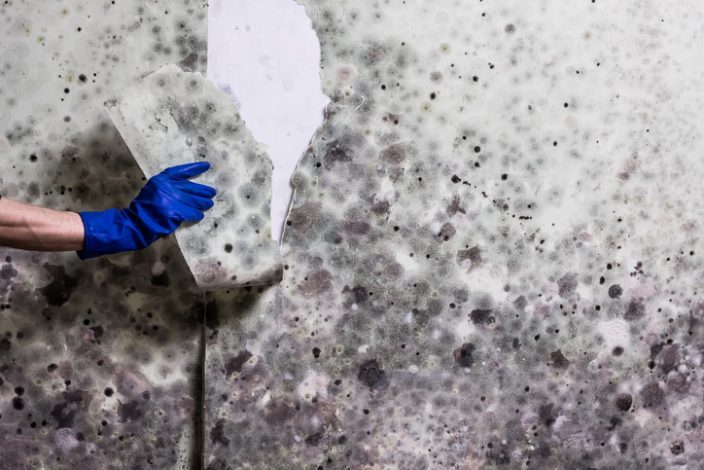After Mold Remediation Techniques for Clean Areas
After Mold Remediation Techniques for Clean Areas
Blog Article
Your Ultimate Guide to Post Mold And Mildew Removal Strategies
In the results of mold problem, understanding just how to successfully eliminate the mold and mildew and prevent its reoccurrence is extremely important for maintaining a healthy interior atmosphere. From choosing the right cleansing and decontaminating methods to applying techniques for long-lasting mold and mildew prevention, each step in the remediation journey plays an essential function in ensuring a successful result.
Recognizing Post-Mold Remediation Process
After completing the mold and mildew remediation procedure, it is vital to recognize the post-mold remediation techniques that are required to guarantee a extensive and efficient cleanup. Once the mold has actually been gotten rid of, the following action includes cleaning and disinfecting the impacted locations to stop any kind of regrowth of mold and mildew. This includes making use of specialized cleansing representatives to wipe down surfaces and eliminate any type of staying mold spores. It is necessary to dry the location entirely to prevent the growth of mold in the future (After mold remediation). Proper air flow and dehumidification can help in this procedure.
Moreover, conducting a last assessment post-remediation is crucial to ensure that all mold has actually been effectively gotten rid of. If the inspection reveals any type of sticking around mold and mildew, extra removal might be needed.
Effective Cleaning and Sanitizing Approaches

Protecting Against Future Mold Growth

Value of Correct Air Flow
Correct air flow plays an important function in stopping dampness accumulation, a vital element in mold and mildew development within interior settings. Effective air flow systems aid remove excess humidity from the air, lowering the chances of mold spores finding the wetness they require to spread out and germinate. Without ample air flow, interior areas can end up being a breeding place for great post to read mold and mildew, bring about possible health risks and architectural damages.
By making sure correct air blood circulation, air flow systems can also assist in drying moist locations faster after water damage or flooding occurrences, even more hindering mold development. After mold remediation. Precede like washrooms, attic rooms, cellars, his response and cooking areas where dampness levels often tend to be higher, mounting and maintaining reliable air flow systems is important in preventing mold and mildew problems

Surveillance and Upkeep Tips
Offered the vital duty that correct ventilation plays in stopping mold and mildew growth, it is imperative to develop efficient tracking and upkeep ideas to make sure the continued functionality of ventilation systems. Regular assessments of ventilation systems must be conducted to examine for any kind of signs of clogs, leaks, or malfunctions that can hamper appropriate air flow. Tracking humidity degrees within the property is likewise vital, as high moisture can add to mold growth. Setting up a hygrometer can aid track humidity degrees and alert house owners to any spikes that might call for interest. In addition, making sure that air filters are frequently cleansed or changed is necessary for keeping the efficiency of the air flow system. Implementing a timetable for routine maintenance tasks, such as duct cleansing and cooling and heating system evaluations, can assist stop problems prior to they escalate. By staying positive and alert to the condition of air flow systems, homeowner can effectively alleviate the risk of mold and mildew regrowth and maintain a healthy and balanced indoor environment.
Final Thought
To conclude, post-mold removal strategies are important for ensuring a safe and tidy setting. Understanding the procedure, carrying out efficient cleansing and disinfecting approaches, stopping future mold and mildew development, preserving proper air flow, and normal surveillance are all important steps in the removal procedure. By complying with these standards, you can efficiently get rid of mold and avoid its return, working or advertising a healthy living area for all occupants.
In the results of mold and mildew problem, understanding how to properly eradicate the mold and mildew and avoid its reoccurrence is vital for preserving a healthy interior environment. Once the mold has been removed, the following step involves cleansing and sanitizing the impacted areas to stop any type of regrowth of mold - After mold remediation. After getting rid of visible mold growth, it is important to clean all surfaces in the affected location to remove any kind of staying mold and mildew spores. To even more enhance mold avoidance actions, it is important to deal with underlying concerns see here now that originally led to mold and mildew advancement.Offered the important duty that appropriate ventilation plays in protecting against mold growth, it is critical to establish effective monitoring and maintenance suggestions to make sure the ongoing functionality of ventilation systems
Report this page